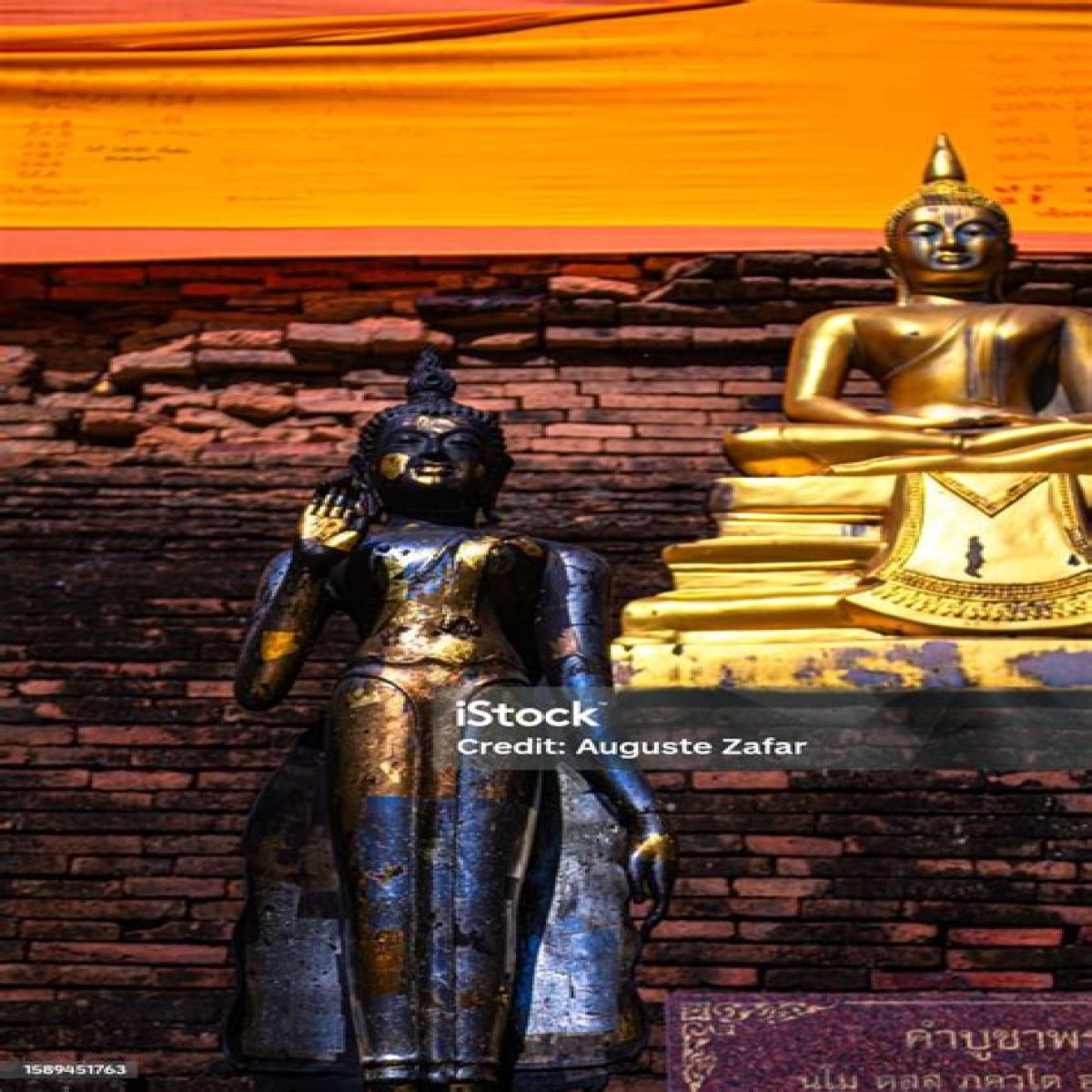What is a sacred statue?
A sacred statue is a statue that is considered to be holy or divine. It is often used in religious ceremonies and rituals, and is often believed to have special powers. Sacred statues can be found in many different cultures and religions around the world.
Sacred statues are often made of wood, stone, metal, or other materials. They can be carved, sculpted, or cast. Some sacred statues are very large, while others are small enough to be held in the hand.
Sacred statues are often decorated with symbols and other religious imagery. These symbols can represent the deity that the statue is associated with, or they can represent the power or protection that the statue is believed to offer.
Sacred statues are often used in religious ceremonies and rituals. They may be used to represent the deity that is being worshipped, or they may be used as a focus for meditation or prayer. Sacred statues can also be used to protect the home or community from evil spirits.
Sacred statues
Sacred statues have been found in many different cultures and religions around the world. The earliest known sacred statues date back to the Paleolithic period, and they have been found in cultures as diverse as the ancient Egyptians, the Greeks, the Romans, and the Chinese.
In many cultures, sacred statues are believed to have special powers. They may be believed to be able to heal the sick, protect the home from evil spirits, or bring good luck. Sacred statues are often used in religious ceremonies and rituals, and they can be a powerful focus for devotion and worship.
In addition to their religious significance, sacred statues can also be valuable works of art. Some of the most famous sacred statues in the world are considered to be masterpieces of sculpture.
Sacred statues
Sacred statues are often closely associated with religion. In many cultures, they are used to represent deities or religious figures. Sacred statues can be used as a focus for prayer and meditation, and they can also be used to ask for favors or protection from the divine.
Sacred statues can also be used to teach religious lessons. For example, the statue of the Buddha is often used to teach about the Buddha's life and teachings. Sacred statues can also be used to commemorate important religious events, such as the birth of Jesus Christ or the death of Muhammad.
Sacred statues
In addition to their religious significance, sacred statues can also have cultural significance. They can be seen as symbols of a particular culture or civilization. For example, the statue of the Great Sphinx is often seen as a symbol of ancient Egypt.
Sacred statues can also be used to commemorate important cultural events. For example, the statue of Liberty is often seen as a symbol of the United States.
Sacred statues
There are many different types of sacred statues around the world. Some of the most famous examples include:
- The statue of Zeus at Olympia, Greece
- The statue of Athena Parthenos in Athens, Greece
- The statue of the Buddha in Nara, Japan
- The statue of the Great Sphinx in Giza, Egypt
- The statue of Liberty in New York City, USA
Frequently Asked Questions about Sacred Statues
This section addresses common questions and misconceptions surrounding sacred statues, providing informative answers to enhance understanding.
Question 1: What is the significance of sacred statues in religious practices?
Sacred statues hold deep religious significance, serving as representations of deities or revered figures. They facilitate prayer, meditation, and the seeking of divine favor or protection. Additionally, sacred statues can embody religious teachings, commemorate important events, and symbolize cultural and spiritual beliefs.
Question 2: How do sacred statues differ across cultures and religions?
Sacred statues exhibit diverse forms and styles, reflecting the unique artistic traditions and beliefs of different cultures and religions. Materials, designs, and symbolism vary significantly, with each statue embodying the specific characteristics and attributes associated with its respective.
Summary: Sacred statues are multifaceted objects that hold religious, cultural, and artistic significance. Their presence across cultures and religions highlights the enduring human need for tangible representations of the divine and the sacred.
Conclusion
Sacred statues, imbued with religious and cultural significance, have played a profound role throughout human history. They embody divine presence, serve as conduits for worship and meditation, and symbolize the beliefs and values of diverse societies.
The exploration of sacred statues in this article has unveiled their multifaceted nature, from their origins in ancient civilizations to their enduring presence in contemporary religious practices. Through their intricate designs, rich symbolism, and deep-rooted connections to faith and culture, sacred statues continue to captivate and inspire.
Memorable Pharrell Photoshoot Moments Captured On FilmFelix Seitz: Renowned Artist And Master Of RealismFind The Latest On Emily Seiler Here
Bronze sacred heart of jesus religious garden statues for sale TBC40
Outdoor religious garden statues sacred heart of jesus statue large
